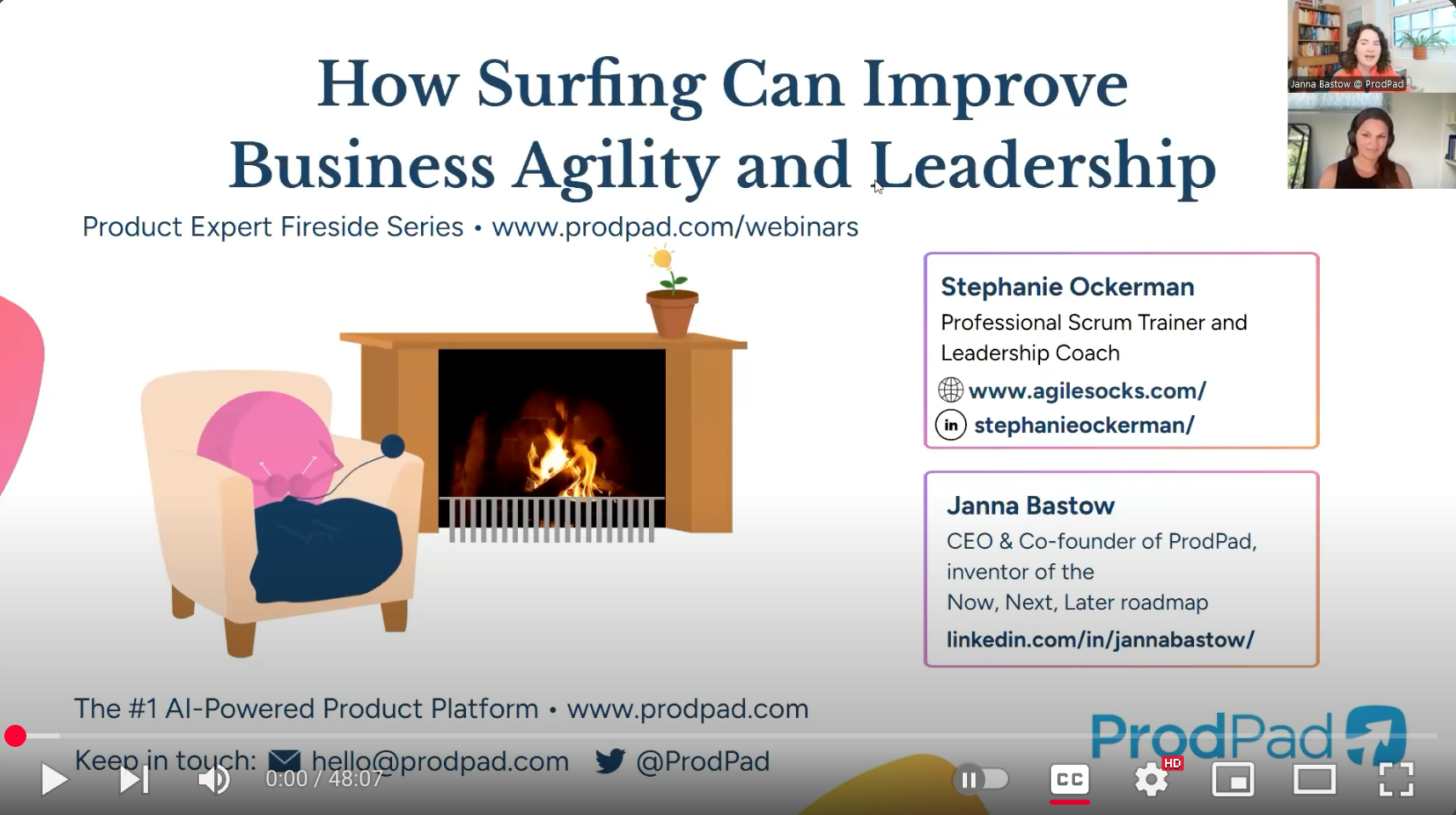
In a previous article, I wrote about 7 tips for setting more effective goals. The focus of that article is broader, looking at not just how we create the goals but how we use them. I know you are probably used to hearing the advice to ask “why” to create better goals. And that is good advice. However, it’s helpful to have some additional tools to play that can break old patterns and unlock creativity.
In this article, I am going to share what I consider Jedi-level questions that can help you create better conversations that ultimately lead to more useful goals.
This helps us shift away from focusing on outputs and activities and towards customer outcomes.
It helps us identify assumptions we might be making about value. That transparency can then help us think about how we can manage the risk of those assumptions. And then identify some experiments we can run to validate them.
Bonus question that is similar but can unlock a different conversation, Is it possible to do it and actually create negative value?
This question helps us remember that we don’t have all the answers. We don’t even know if we have the right goal. The only way to know is to deliver something and see what feedback we get.
By actually formulating a hypothesis, we are creating much more clarity and shared understanding about what information we have, how we are interpreting that information, and what assumptions we are making.
In my experience, there can often be multiple hypotheses baked into a goal. And it’s useful to get clear on what they are. Because then we can break it down into smaller experiments and order them based on value and risk.
When we think in terms of experiments, we can be less attached to the results being seen as a measure of our personal success. And this means we can make better decisions about what the results actually tell us and how that guides our next steps.
It is not uncommon to hear organizations talk about how teams need to deliver faster. And this isn’t necessarily a bad thing. Time-to-Market (T2M) is one of the 4 Key Value Areas of the Evidence-Based Management (EBM) framework. If it takes us so long to deliver any value that we do not having the key information we need to be responsive to change and manage our investment risk, then we probably need to improve in this area.
However, simply going faster isn’t a useful goal. Because it might not actually lead to greater value for customers. They could still be unhappy with the product, or they might not even be using the new features we deliver. “Going faster” could even create negative value. Unfortunately, we too often hear about examples of cutting quality to meet a deadline.
We need to learn more frequently. We need to be more responsive to change. And we still need to maintain a focus on customer value.
This is a great question to ask when we see goals like:
These are examples of the measures becoming the goal, or perhaps a goal that is more internally focused to the organization. While it’s useful to understand what we want to measure and what organizational impacts we are hoping to see, be careful of losing sight of customer value.
(Also see 3 Ways Organizations Use Measures Poorly)
Follow-up question: What evidence do we have to support the learning?
If we aren’t delivering anything of value, we likely don’t have the evidence to answer this question. And that is a problem we want to fix.
If we are delivering value but still struggling to answer this question, perhaps we aren’t measuring the right things. Or perhaps we need more clarity in our feedback loop. (Note: forming clear hypotheses helps the feedback loop conversations).
A common challenge organizations have is focus. And while I do encourage a singular focus for goals (i.e. we have a single Sprint Goal and a single Product Goal), there can be goals used in other ways in an organization. Context will matter. And I prefer to guide people to have better conversations about their goals and the impact on focus. This conversation often leads to clarifying goals, narrowing the focus, and creating greater alignment for everyone involved.
These six questions are designed to help you get creative and move beyond simply asking “why” to create better goals. Complex problems do not have easy solutions. Instead, they require organizations to:
If you are interested in going deeper into how goals, measures (evidence), and empiricism (experiments) work together to help you create better alignment, gain more confidence in decision-making, and improve your ability to deliver value in an uncertain world … Join me for an Evidence-Based Management (PAL-EBM) Live Virtual Training November 14-15 (half days).



AGILE SOCKS is a registered trademark of Agile Socks LLC. Other marks used herein are the property of their respective owners. For more information see Trademark Notice in Terms & Conditions.